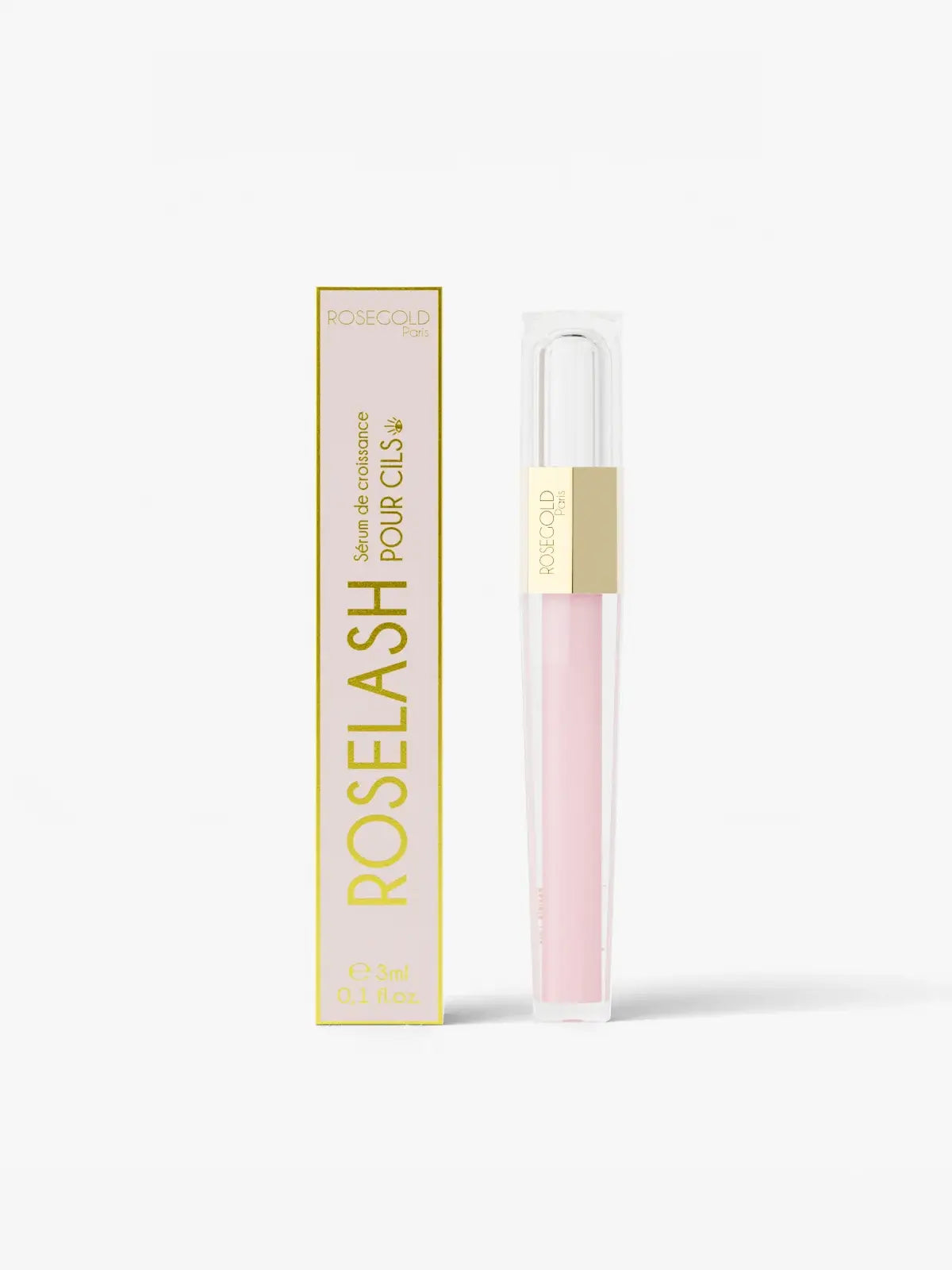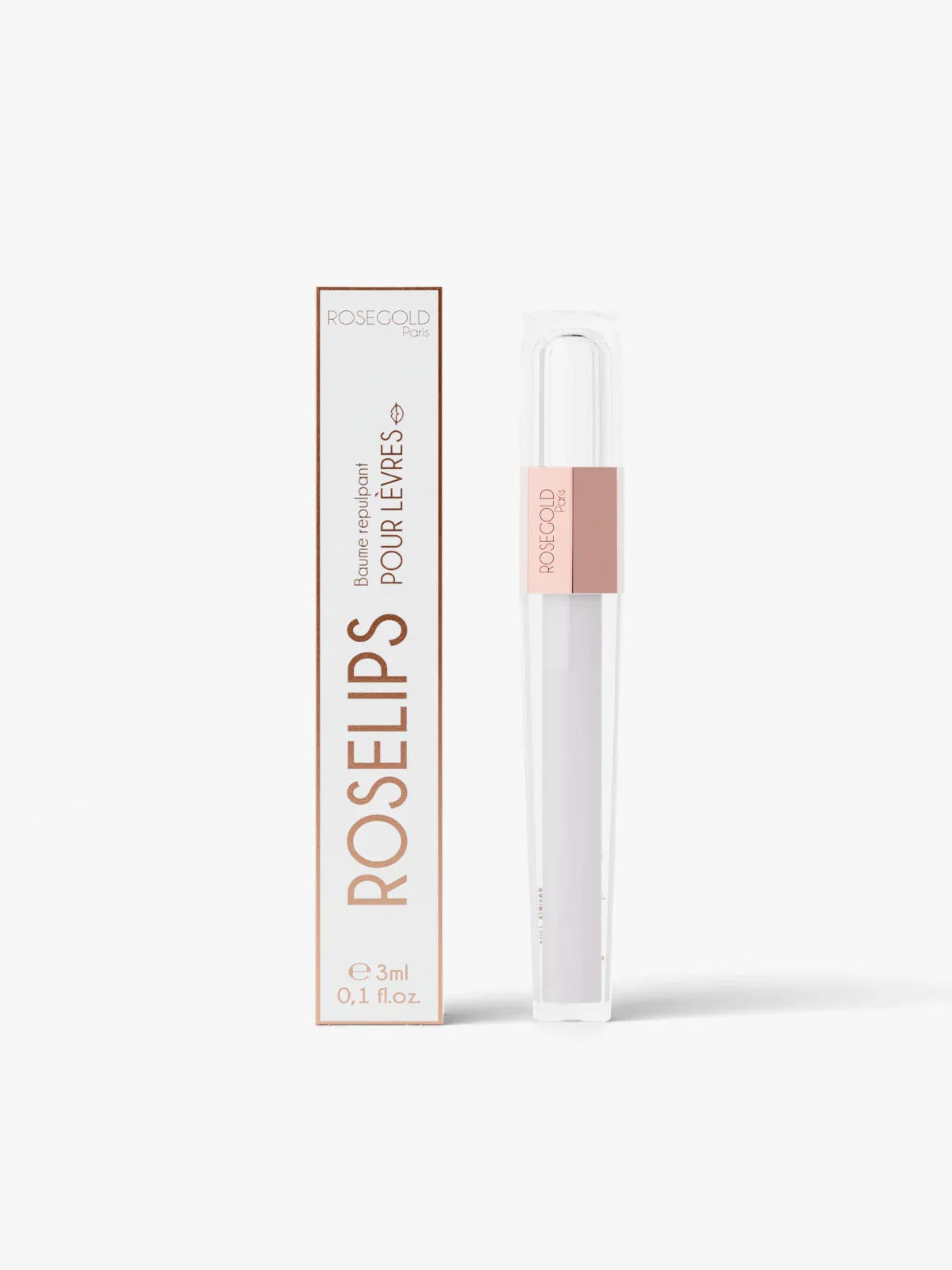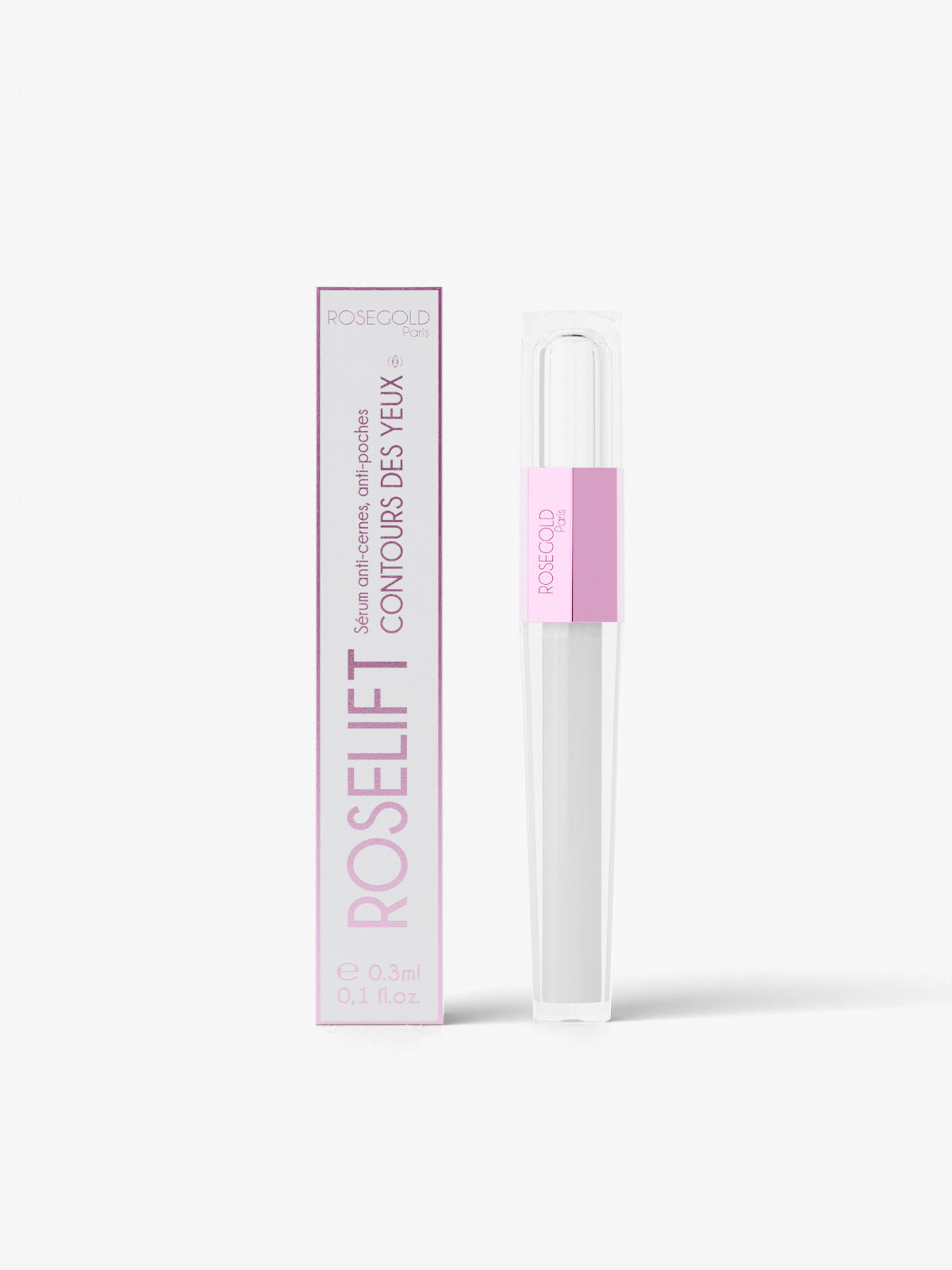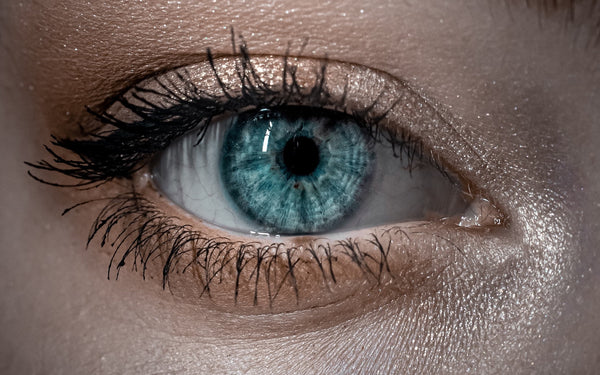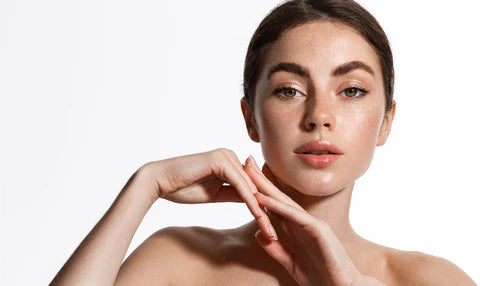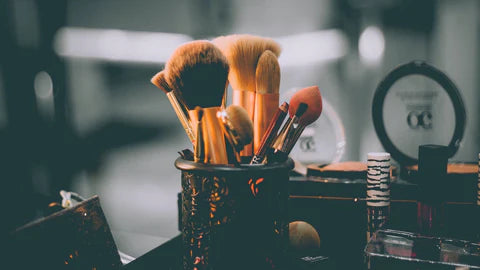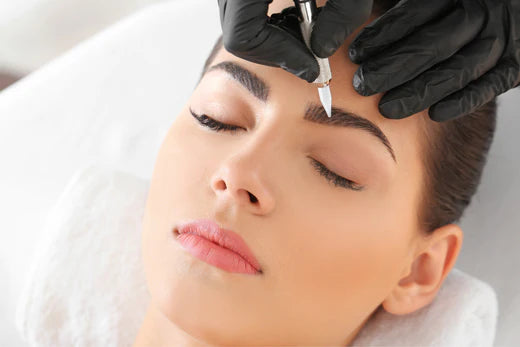
It's a question we're entitled to ask ourselves: what are the lip glosses we love to apply to our lips made of? Here's a (non-scientific) review of a cosmetic product we love.
L'origine du gloss à lèvres remonte à l'Antiquité (oui, oui), où les femmes utilisaient divers produits pour donner de l'éclat et de la brillance à leurs lèvres. Dans l'Égypte antique, par exemple, les femmes fabriquaient un mélange à base de substances naturelles pour embellir leurs lèvres et les protéger à l'instar d'un baume à lèvres. Cependant, le gloss à lèvres tel que nous le connaissons aujourd'hui a connu un développement beaucoup plus récent.
Découvrez notre baume à lèvres
Une Histoire du gloss
Dans les années 1930, Max Factor, un maquilleur hollywoodien de renom, a créé le premier produit commercialisé de gloss à lèvres. Il s'agissait alors d'un produit transparent et brillant, fabriqué à partir d'une base de pétrole, utilisé pour donner un aspect lustré et humide aux lèvres. C'est dans les années 60/70 que le gloss à lèvres devient populaire, notamment en raison de son apparence luisante et de son effet "bouche mouillée". À cette époque, les formules sont en pleine évolution et on commence à y inclure des ingrédients comme la cire d'abeille, les huiles, les polymères et les agents hydratants pour améliorer la texture et la tenue du produit.
Au fil des décennies, le gloss à lèvres devient un incontournable de la trousse de maquillage, avec différentes variations de couleurs, de finis et de textures disponibles sur le marché. En plus d'offrir un aspect brillant et lustré, certains gloss à lèvres s'enrichissent en ingrédients hydratants pour nourrir les lèvres et leur donner une sensation de douceur optimale mais en agents repulpant pour repulper les lèvres naturellement. Aujourd'hui, le gloss est largement utilisé dans l'industrie cosmétique et est apprécié pour son effet de volume, sa facilité d'application, son action hydratante (idéal pour les lèvres sèches) et son apparence polyvalente. On le retrouve dans une multitude de teintes, de finis transparents à brillants, métalliques, pailletés ou teintés, offrant ainsi de nombreuses options pour mettre en valeur les lèvres et compléter le maquillage...
Découvrez notre baume à lèvres
Quelle est la composition chimique du gloss ?

Nous ne sommes pas scientifiques mais d'après les données connues, le gloss se compose généralement :
-
Huiles et cires : Les gloss à lèvres contiennent généralement des huiles et des cires pour leur texture et leur brillance. Les huiles couramment utilisées comprennent l'huile de ricin, l'huile de jojoba, l'huile de noix de coco et l'huile d'amande. Les cires, comme la cire d'abeille, la cire de carnauba ou la cire de candelilla, sont utilisées pour épaissir et donner de la consistance au produit.
-
Agents émollients : Les agents émollients, tels que le lanolin ou le beurre de karité, sont ajoutés pour hydrater et adoucir les lèvres.
-
Agents filmogènes : Ces ingrédients, comme les polymères ou les résines, créent un film protecteur sur les lèvres et aident à retenir l'humidité, ce qui donne une sensation de douceur et de brillance.
-
Agents de texture : Des ingrédients tels que les silicones ou les esters sont utilisés pour améliorer la texture et la sensation du gloss à lèvres.
-
Agents de saveur et de parfum : Les gloss à lèvres peuvent contenir des agents de saveur ou de parfum pour ajouter une odeur agréable ou un goût léger.
-
Pigments et nacres : Pour les gloss à lèvres teintés, des pigments et des nacres sont utilisés pour ajouter de la couleur et de la brillance. Les pigments peuvent être d'origine minérale ou synthétique.
-
Conservateurs : Les conservateurs sont ajoutés pour prévenir la croissance de bactéries ou de moisissures dans le produit et assurer sa durée de vie.
Il est important de noter que la composition d'un gloss à lèvres peut varier considérablement d'une marque à l'autre. On recommande toujours de lire attentivement la liste des ingrédients pour connaître la composition précise du produit utilisé.
Le gloss peut-il contenir des éléments toxiques ?

Certains gloss à lèvres peuvent bel et bien contenir des ingrédients potentiellement toxiques, mais cela dépend de la marque et de la formulation spécifique du produit. Comme dit plus haut, il est important de lire attentivement la liste des ingrédients et de choisir des produits de marques réputées et fiables pour minimiser les risques...
Certains ingrédients problématiques que l'on peut retrouver dans certains gloss à lèvres sont :
Plomb : Le plomb est un contaminant couramment associé aux produits cosmétiques tels que les rouges à lèvres et les gloss à lèvres. Le plomb est toxique et peut avoir des effets néfastes sur la santé lorsqu'il est ingéré ou absorbé par l'organisme. Cependant, la réglementation et les normes de sécurité varient d'un pays à l'autre, ce qui peut affecter la quantité de plomb autorisée dans les produits cosmétiques.
Phtalates : Les phtalates sont des produits chimiques utilisés comme plastifiants dans certains cosmétiques, y compris les gloss à lèvres. Certains phtalates peuvent être préoccupants en raison de leur potentiel perturbateur endocrinien et de leur implication dans certains problèmes de santé.
Métaux lourds : Outre le plomb, d'autres métaux lourds tels que le mercure, l'arsenic et le cadmium peuvent également être présents à des niveaux traces dans certains produits cosmétiques, y compris les gloss à lèvres. Ces métaux peuvent être préoccupants pour la santé à long terme.
Encore une fois, pour réduire les risques, il est recommandé de choisir des produits de marques bien établies qui suivent les réglementations et les normes de sécurité en vigueur. La lecture attentive des étiquettes et la recherche sur les marques peuvent aider à identifier les produits plus sûrs. En cas de préoccupation particulière, il est toujours conseillé de consulter un professionnel de la santé ou de contacter les fabricants pour obtenir des informations supplémentaires sur la sécurité de leurs produits.
Découvrez notre baume à lèvres
Comment fabriquer son gloss à la maison ?

Pour éviter toutes déconvenues avec une liste des ingrédients douteuse, il vaut mieux fabriquer son propre gloss à la maison (en plus, c'est amusant) ! Voilà une petite recette simple à réaliser :
Ingrédients :
- 2 cuillères à soupe de vaseline
- 1 cuillère à café d'huile de coco ou d'huile d'amande douce
- 1/2 cuillère à café de miel
- Facultatif : colorant alimentaire ou mica pour la couleur, extrait de vanille ou d'autres arômes pour la saveur
Instructions :
-
Dans un petit récipient résistant à la chaleur, mélangez la vaseline et l'huile de coco (ou l'huile d'amande douce). Faites chauffer le mélange au bain-marie jusqu'à ce qu'il soit complètement fondu.
-
Retirez le récipient du bain-marie et ajoutez le miel. Mélangez bien jusqu'à ce que tous les ingrédients soient combinés de manière homogène.
-
Si vous souhaitez ajouter de la couleur, ajoutez quelques gouttes de colorant alimentaire ou une petite quantité de mica en poudre. Mélangez jusqu'à obtenir la teinte désirée. Vous pouvez également ajouter quelques gouttes d'extrait de vanille ou d'autres arômes pour donner du goût à votre gloss.
-
Versez le mélange dans un petit pot ou un contenant à gloss propre et hermétique.
-
Laissez le gloss refroidir et durcir pendant environ une heure à température ambiante. Une fois qu'il a atteint la consistance désirée, il est prêt à être utilisé.
N'oubliez pas de tester une petite quantité de votre gloss sur votre peau pour vous assurer que vous n'avez aucune réaction allergique aux ingrédients utilisés. Vous pouvez également ajuster les proportions des ingrédients en fonction de la texture et de la brillance souhaitées. Amusez-vous bien en créant votre propre gloss fait maison !
